“Discover 28 Bible verses about acacia wood, its role in the Ark, tabernacle, and altars. Learn the spiritual meaning of strength, purity, and God’s covenant.”
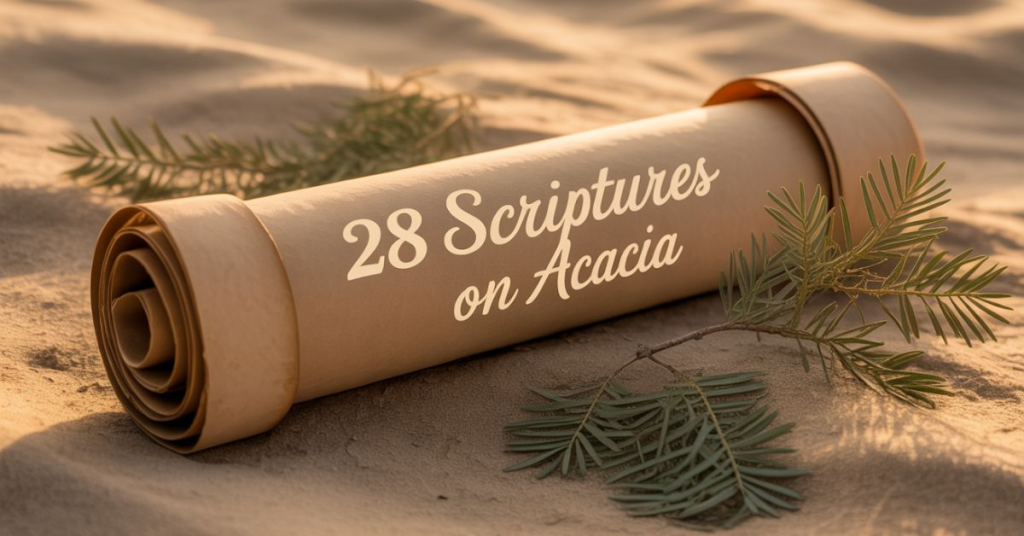
The Bible often uses everyday materials to teach eternal truths, and acacia wood in the Bible is one of the most striking examples. Found in the deserts of the Middle East, this wood was durable, resistant to decay, and uniquely chosen by God for holy purposes. From the Ark of the Covenant to the Tabernacle and altars, acacia symbolized strength, purity, and God’s enduring presence. Its use shows that nothing in God’s plan is random; even wood carries spiritual meaning. Exploring scriptures about acacia trees helps us understand how God transforms ordinary things into sacred instruments for His covenant with His people.
This study will explore 28 scriptures on acacia, from Exodus to Deuteronomy and Isaiah. Each verse teaches us about the importance of this tree in God’s plan for His people. Along the way, we will also reflect on Christian literature, connect with daily devotionals, and learn how these verses can inspire faith today.
Exodus 25:10
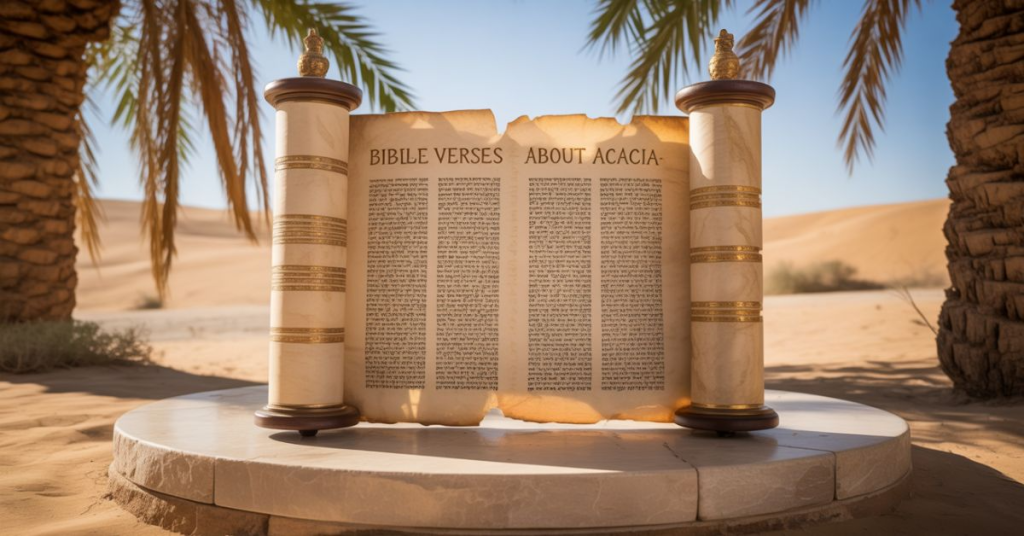
Is verse me Ark of the Covenant acacia wood se banayi gayi. Gold se cover hone par bhi uski asli majbooti acacia se aayi. Ye verse hamesha God’s promises ki eternity aur faithfulness ka reminder hai.
Exodus 25:13
Yahaan poles jo ark ko uthate the, wo bhi acacia wood ke bane. Ye batata hai ki God’s presence ek jagah tak simit nahi tha, balki har jagah logon ke saath tha.
Exodus 25:23

Acacia wood se table of bread banayi gayi jo God’s provision aur spiritual nourishment ka pratik tha. Ye verse humein yaad dilata hai ki Jesus, bread of life, hamesha apne logon ke liye hai.
Exodus 25:28
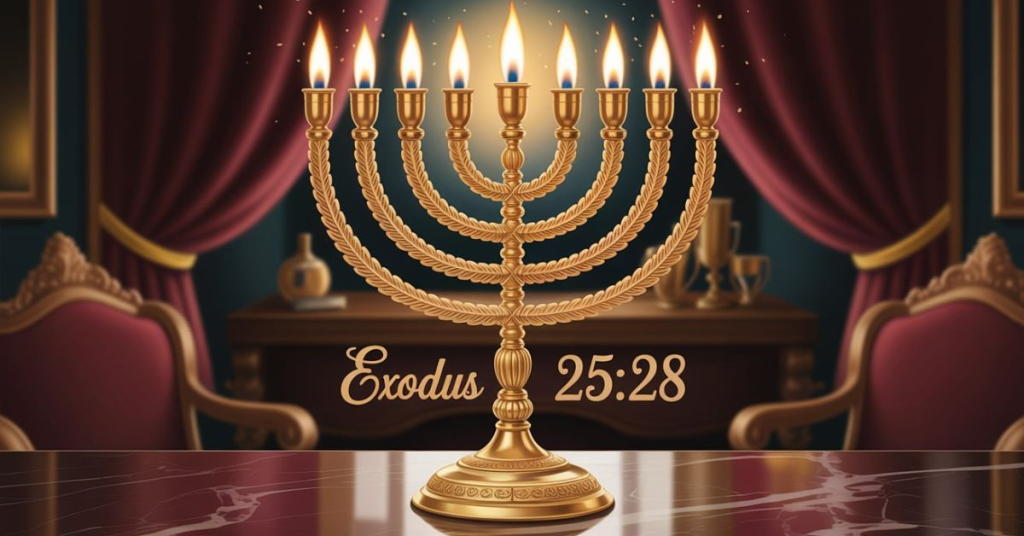
Poles of acacia wood is table ko move karne ke liye bane. Ye batata hai ki God’s blessings ek fixed jagah nahi balki humesha believers ke saath travel karte hain.
Exodus 25:5
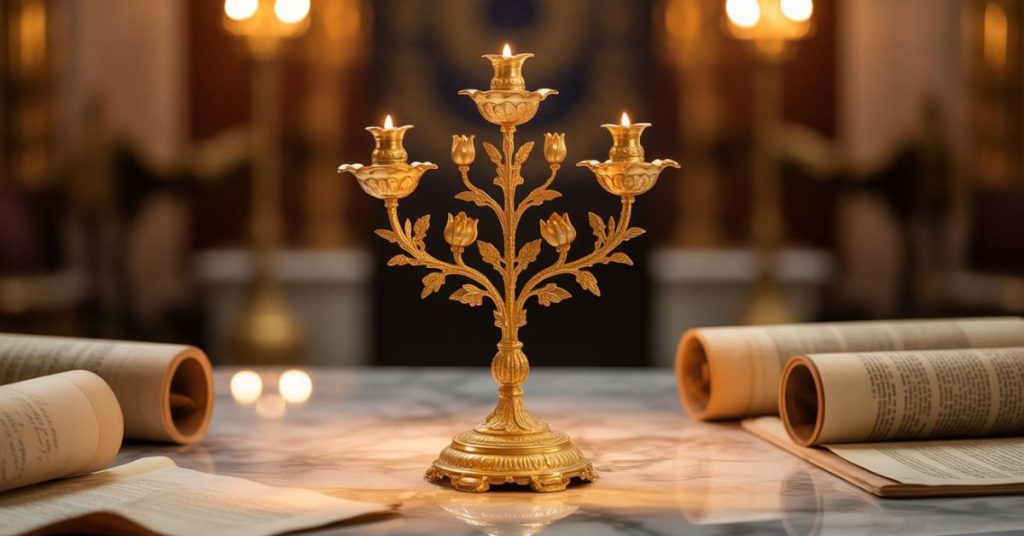
Acacia wood ko tabernacle ke liye valuable gift maana gaya. Ye simple wood bhi jab God ke naam dedicate ho gaya to sacred ban gaya. Ye verse sacrifice aur giving with faith ko sikhata hai.
Exodus 26:15
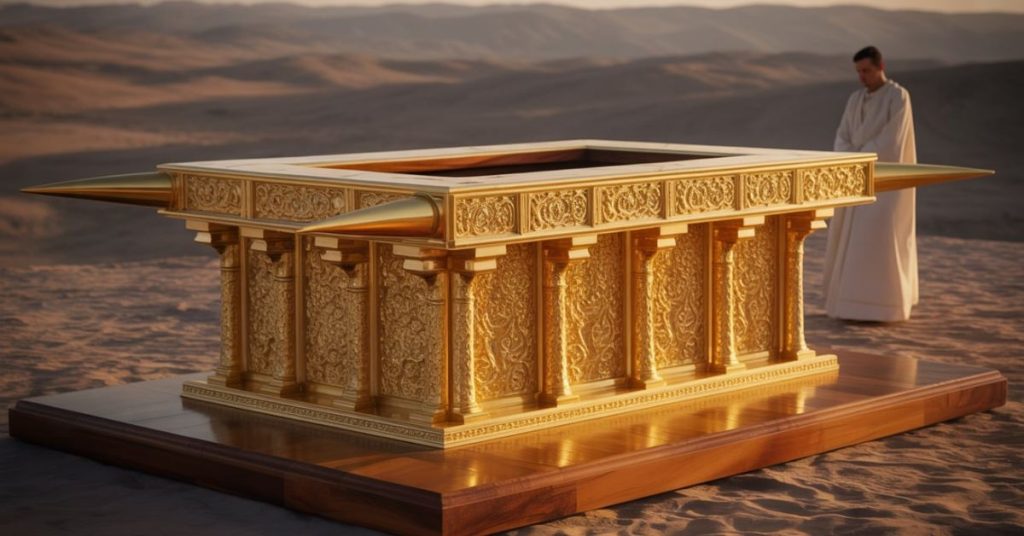
Frames of the tabernacle acacia wood se banaye gaye. Ye frames ne poore structure ko strength aur foundation diya. Ye humein sikhata hai ki faith ke bina structure khada nahi hota.
Exodus 26:26
Crossbars jo boards ko jodte the, wo bhi acacia se bane. Ye unity aur support ka symbol tha. Jaise tabernacle ke liye zaroori tha, waise hi church ko unity aur love chahiye.
Exodus 26:32
Tabernacle ka veil acacia pillars se supported tha. Ye separation between man and God ka symbol tha, jo later Jesus ke death par toot gaya aur access open hua.
Exodus 26:37
Entrance ke frames bhi acacia se bane. Ye batata hai ki God ka raasta clear hai, par usme holiness aur sacrifice ki requirement thi.
Exodus 27:1
Burnt offering ka altar acacia se banaya gaya. Ye atonement aur mercy ka pratik tha jo aage chal kar cross of Christ ko point karta hai.
Exodus 27:6
Altar ke poles bhi acacia ke bane. Ye mobility dikhata hai ki worship ek fixed jagah tak limited nahi hoti, balki har jagah possible hai.
Exodus 30:1
Incense altar bhi acacia wood se bana. Incense prayers rising to God ka symbol tha. Ye verse humein yaad dilata hai ki prayer life ka center hai.
Exodus 30:5
Incense altar ke poles bhi acacia ke bane. Ye detail batata hai ki holiness chhoti cheezon mein bhi hoti hai, aur believers ko careful rehna chahiye.
Exodus 35:24
Log apni marzi se acacia laakar offering karte the. Ye verse dikhata hai ki devotion wealth se nahi, heart se hota hai.
Exodus 35:7
Acacia tabernacle ke liye valuable material list me tha. Ye verse remind karta hai ki obedience luxury se zyada valuable hai.
Exodus 36:20
Boards of the tabernacle acacia ke bane jo walls aur stability ka kaam karte the. Ye dikhata hai ki God ki presence hamesha apne logon ko protect karti hai.
Exodus 36:31
Crossbars bhi acacia se bane jo boards ko ek saath rakhte the. Ye verse unity aur support in faith ka lesson deta hai.
Exodus 36:36
Veil ke liye acacia pillars banaye gaye. Ye verse reverence aur holiness ko highlight karta hai jo worship ke liye zaroori hai.
Exodus 37:1
Ark ko fir se acacia wood se banaya gaya. Ye most sacred object tha jo God’s law aur covenant ka container tha.
Exodus 37:10
Table of bread bhi acacia wood se bani. Ye God’s provision aur Jesus as bread of life ka sign tha.
Exodus 37:15
Table ke poles bhi acacia ke bane. Ye reminder hai ki faith ko carry karke har jagah le jana chahiye.
Exodus 37:25
Incense altar acacia se bana jo worship ka central part tha. Ye verse prayer aur devotion ko highlight karta hai.
Exodus 37:28
Is altar ke poles bhi acacia ke bane. Har detail ka holiness aur obedience se connection tha.
Exodus 37:4
Ark ko carry karne ke liye poles acacia ke bane. Ye dikhata hai ki God ki holiness ko casually handle nahi karna chahiye.
Exodus 38:1
Burnt offering ka altar phir acacia se bana. Ye verse atonement aur redemption ko symbol karta hai.
Exodus 38:6
Altar ke poles acacia ke bane aur brass se cover hue. Ye worship ki portability aur universality dikhata hai.
Isaiah 41:19
God desert me acacia lagane ka promise karta hai. Ye hope, new life aur restoration ka symbol hai.
Exodus 25:10
Is verse me Ark of the Covenant acacia wood se banayi gayi. Gold se cover hone par bhi uski asli majbooti acacia se aayi. Ye verse hamesha God’s promises ki eternity aur faithfulness ka reminder hai.
Key Points:
- Ark banane me acacia wood ka istemal hua
- Gold se covered hone ke baad bhi asli strength wood se aayi
- Faithfulness aur promises ka reminder
Symbolism Table:
| Verse | Object | Symbolism |
| Exodus 25:10 | Ark of Covenant | God’s eternal promises & faith |
Exodus 27:1
Burnt offering ka altar acacia se banaya gaya. Ye atonement aur mercy ka pratik tha jo aage chal kar cross of Christ ko point karta hai.
Key Points:
- Altar sacrifice aur atonement ke liye tha
- Acacia wood ne altar ko strength aur permanence diya
- Christ ke cross ka foreshadow
Symbolism Table:
| Verse | Object | Symbolism |
| Exodus 27:1 | Burnt Altar | Atonement, mercy, and Christ’s cross |
Isaiah 41:19
God desert me acacia lagane ka promise karta hai. Ye hope, new life aur restoration ka symbol hai.
Key Points:
- Acacia tree desert me life aur greenness laya
- God ka promise tha renewal aur hope ka
- Dry places me bhi blessing possible hai
Symbolism Table:
| Verse | Object | Symbolism |
| Isaiah 41:19 | Acacia Tree | Hope, life, restoration |
Conclusion
The story of acacia wood in the Bible is not just about building materials. It shows God’s plan, His holiness, and His desire to dwell with His people. From the Ark of the Covenant to the promises in Isaiah, acacia represents endurance and hope.
Today, these Old Testament scriptures point us to Jesus Christ, the true presence of God. Whether read in the King James Bible, the World English Bible, or a Children’s Bible, these verses remind us to carry faith everywhere. Acacia is more than wood; it is a symbol of God’s eternal covenant.
FAQs
What is the significance of acacia wood in the Bible?
Acacia wood is mentioned frequently in the Old Testament as the main material for constructing sacred objects like the Ark of the Covenant, the tabernacle, and altars. Its durability and resistance to decay symbolized God’s holiness, purity, and eternal covenant with His people.
Which Bible verse first mentions acacia wood?
The first major mention is in Exodus 25:10, where God commands Moses to build the Ark of the Covenant from acacia wood and overlay it with gold. This shows its central role in God’s dwelling place.
Why was acacia chosen over other types of wood?
Acacia was common in the desert regions of Sinai and Palestine. Its strength, hardness, and resistance to insects and decay made it ideal for holy objects that needed to last, reflecting God’s enduring presence.
How many times is acacia wood mentioned in the Bible?
Acacia wood is referenced over 25 times, mainly in Exodus, where it is tied to the construction of the tabernacle, the Ark, altars, and poles used for carrying sacred items.
Does acacia wood symbolize anything spiritually?
Yes. Spiritually, acacia wood represents purity, strength, and God’s eternal nature. Just as the wood does not rot easily, God’s promises never decay. It also points forward to Jesus Christ, who became the ultimate dwelling place of God among His people.
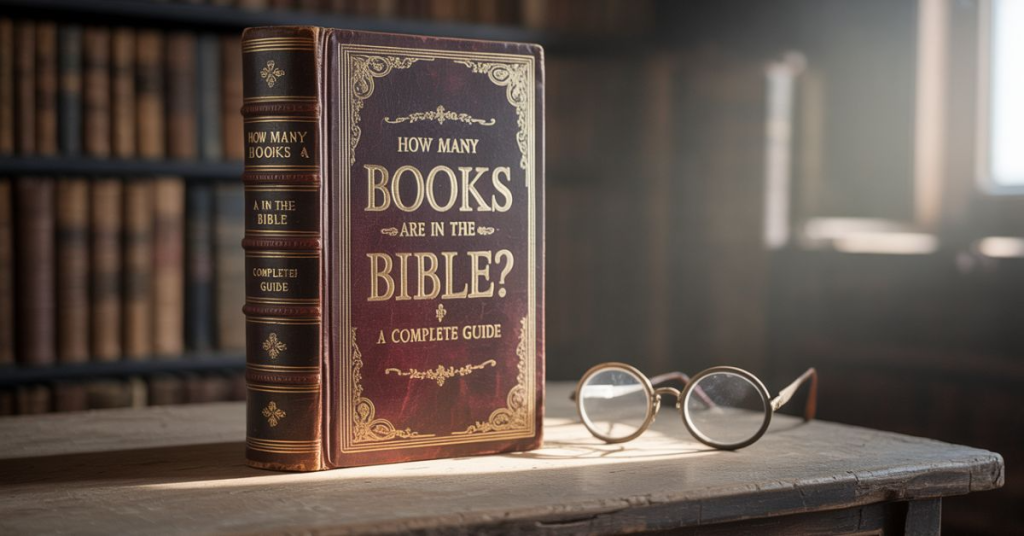



Leave a Reply